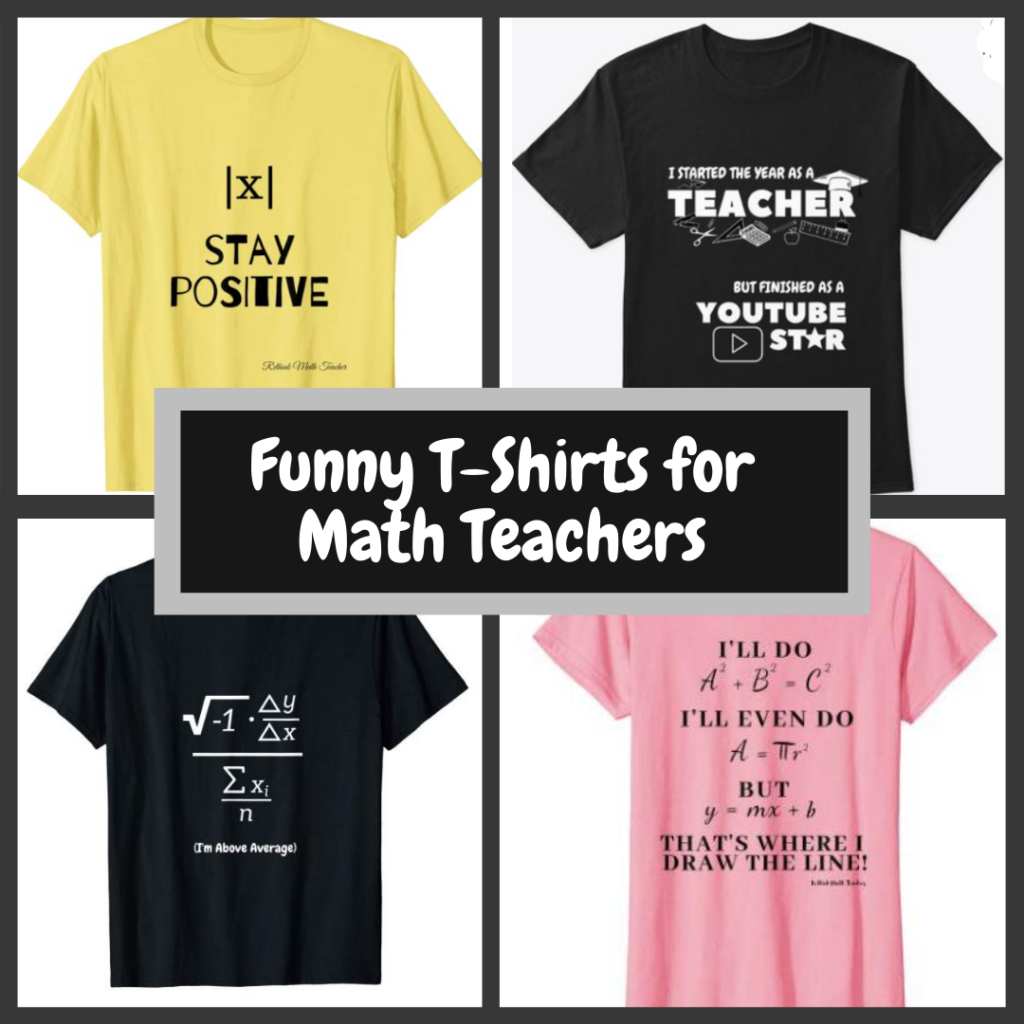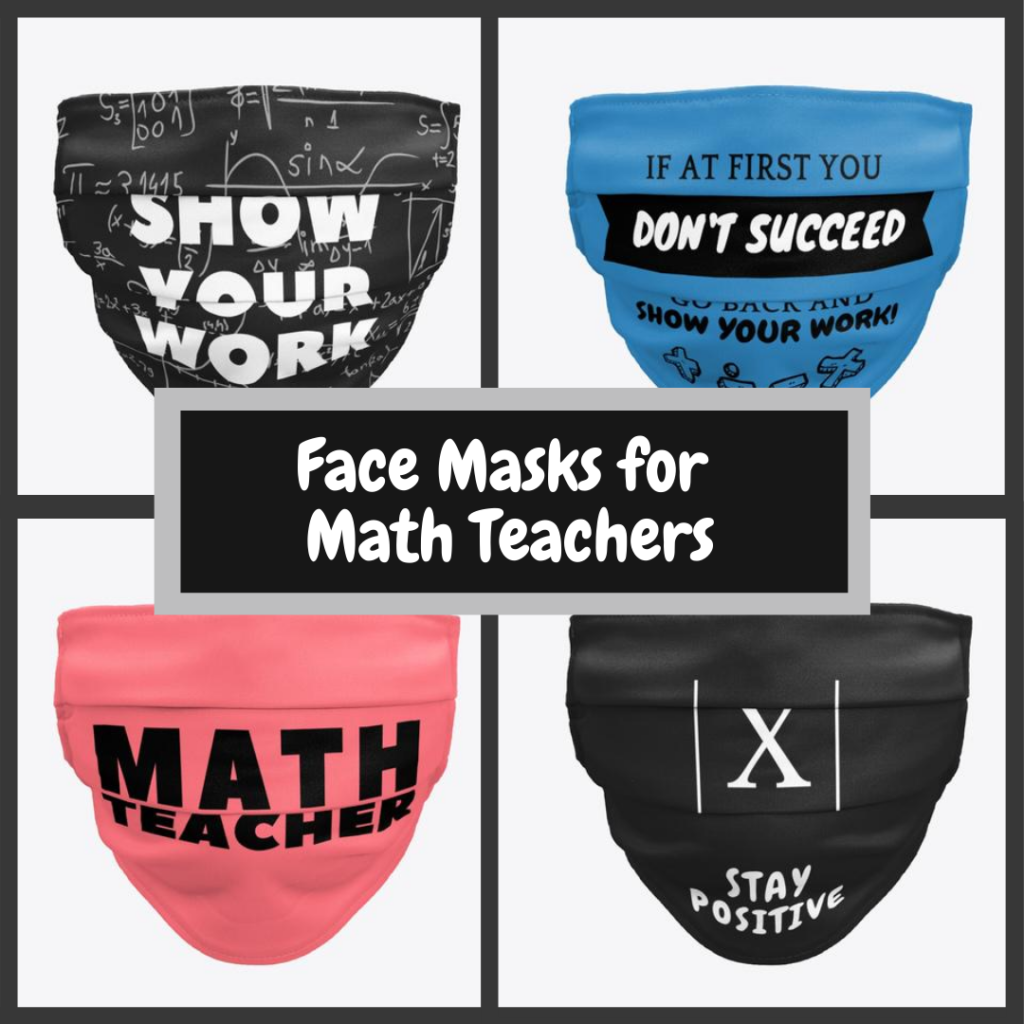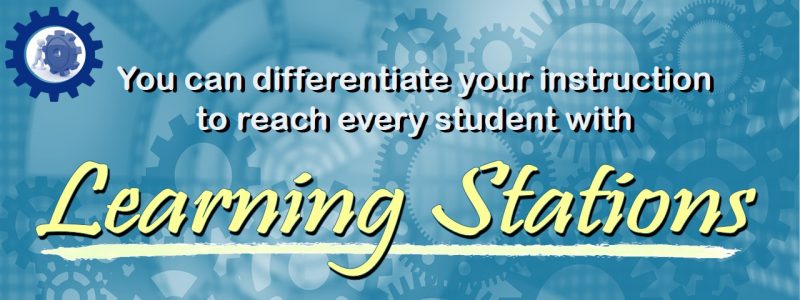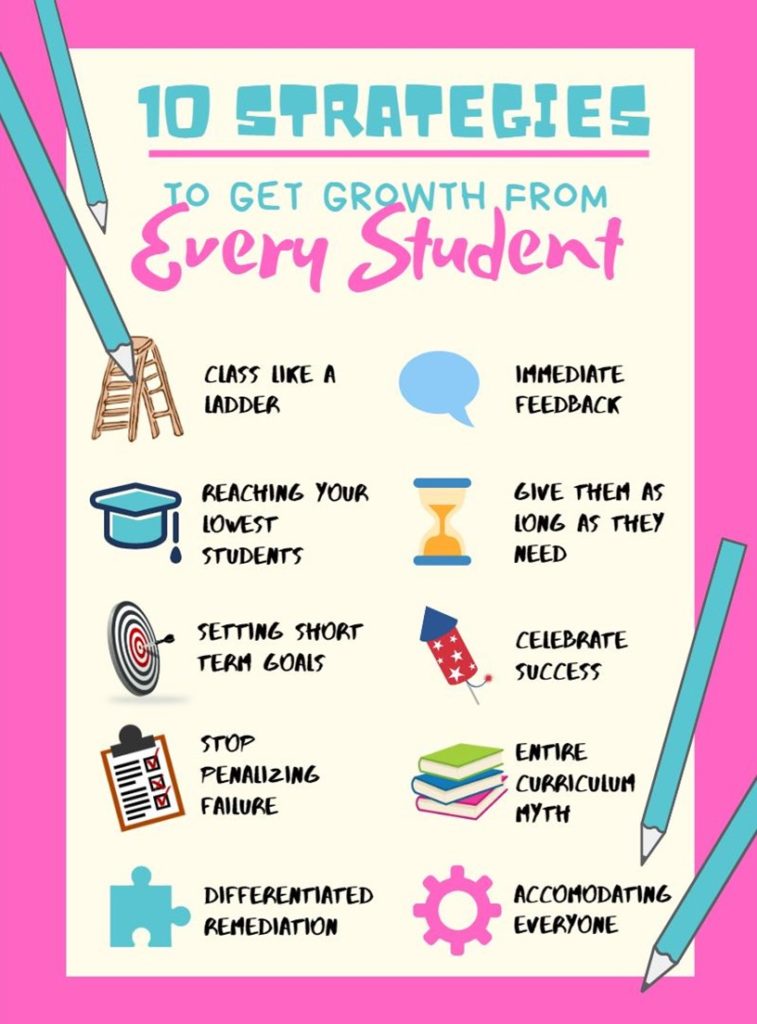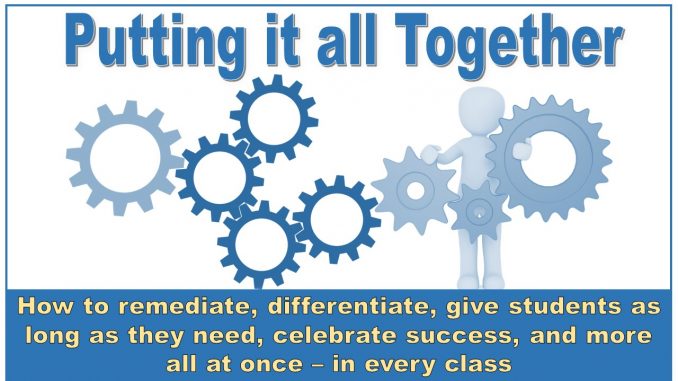
But how?
That’s the question I always get when I am working with my math teachers. How? How can I accommodate every student? How can I meet every student’s need, when each student’s needs are different? How can I remediate some while accelerating others? How can I give a student as long as he needs to master a concept without slowing down the rest of the class? HOW?
The Journey
We’ve been walking through 10 different strategies to help us reach every student, and we’re calling it “The Uncommon Teacher Challenge.”
We’ve talked about the value of setting short-term goals and celebrating student success. We’ve analyzed the importance of immediate feedback and teaching students how to learn from their mistakes. And we’ve outlined how to remediate students based on the skills that they need to develop, rather than simply giving them more practice of the same type of problem.
But putting all these things together is a tall order. It’s hard to squeeze all of that into one class. But it doesn’t have to be. It actually can be accomplished quite easily, once you’ve got everything set up.
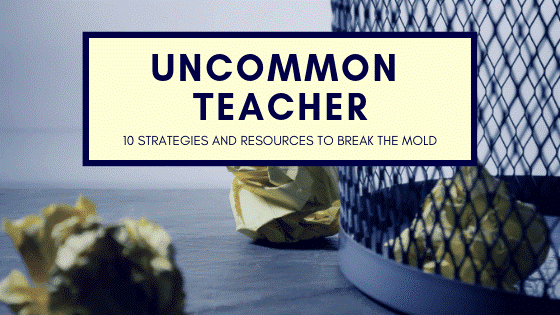
10 Emails with 10 Tips and 10 resources to help you reach every student
What We Want to Accomplish
As outlined in the previous posts on our journey, we want to remediate our students based on the skill that they’re lacking, and then, after they’ve mastered this skill, move them through a series of skills until they can do the grade level work.
For this type of remediation, we took a skill and broke it down into the prerequisite skills that were required to do the grade level work.
We also discussed that to truly learn a skill you must be taught how to do it, and then practice it while receiving immediate feedback. However, not all of us learn a skill in the same amount of time, or with the same amount of practice, so we must give students as much practice as they need to master the skill.
Finally, we want to celebrate our students’ success. But this celebration should be short-term accomplishments. Our students do not excel at focussing on the long term. So, we must help them by setting up short-term goals, and then celebrating them when they obtain it.
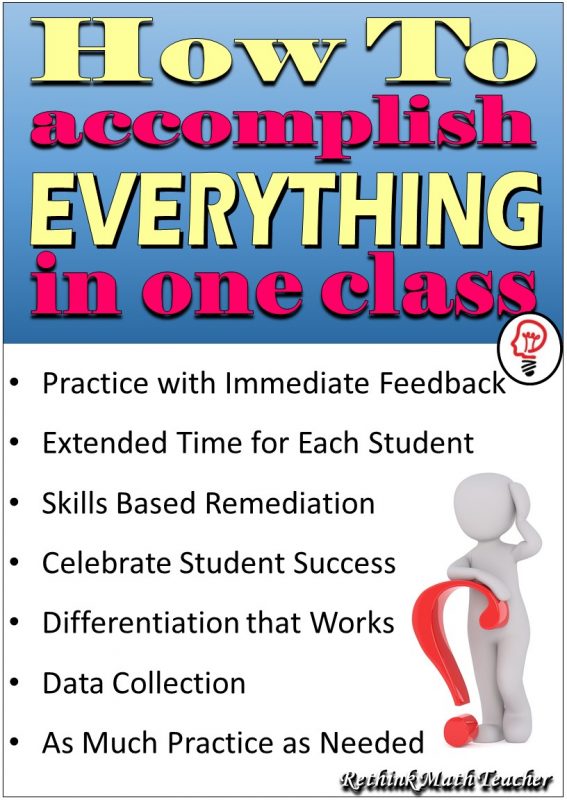
How it’s Done
To do all these things at once, for every student in the room, I build Learning Stations.
After analyzing a skill that my students are learning in my math class, I break the skill into its prerequisite skills. Each prerequisite skill becomes a station that my students will be placed in until they master that skill. They will then progress through the stations, mastering each one, until they arrive at the top skill – the grade level standard we are working on in class.
Since students are only placed in the station of the skill(s) that they need to develop, and they remain in that station until they master the skill, I have many stations (each for a different skill) all running at the same time in my class.
Inside each station is a tutorial to reteach the skill that they are working on mastering – as well as lots of practice with immediate feedback.
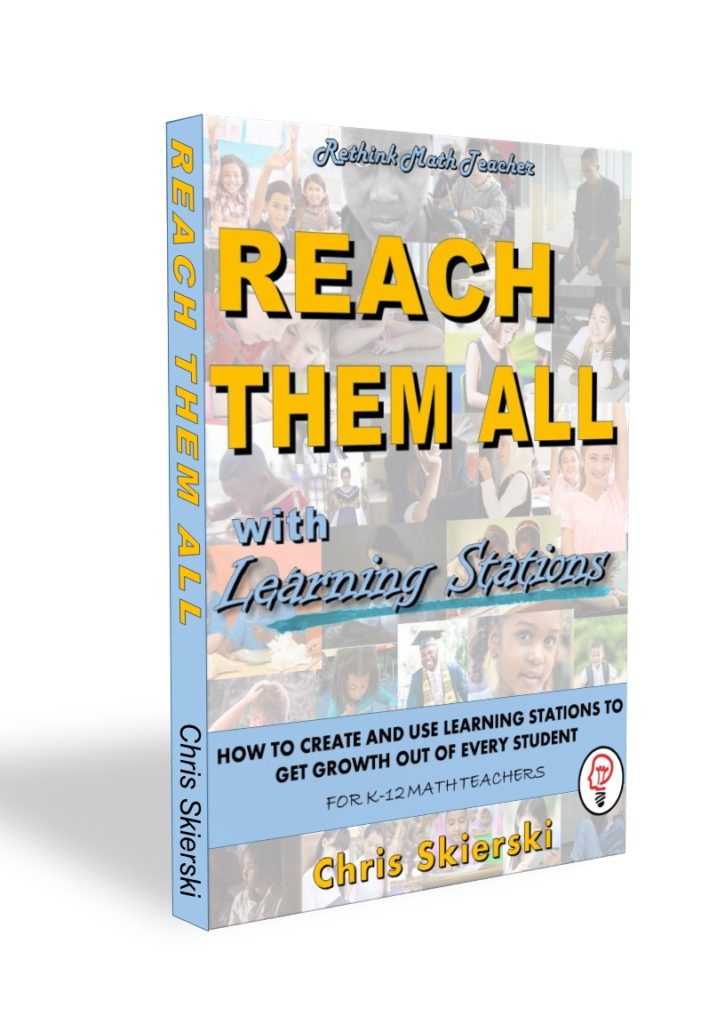
True Differentiation
This is differentiation that works. Too often, we treat differentiation only as teaching the same skill to all of our students using different techniques. But differentiation should be more than that. Since all of your students have not mastered all of the same skills, differentiation should look like all of your students working on different skills at the same time.
This allows you to reach each student where they need improvement. It also allows you to accommodate each student, giving them as much time as they need to master the skill without penalizing other students in the room.
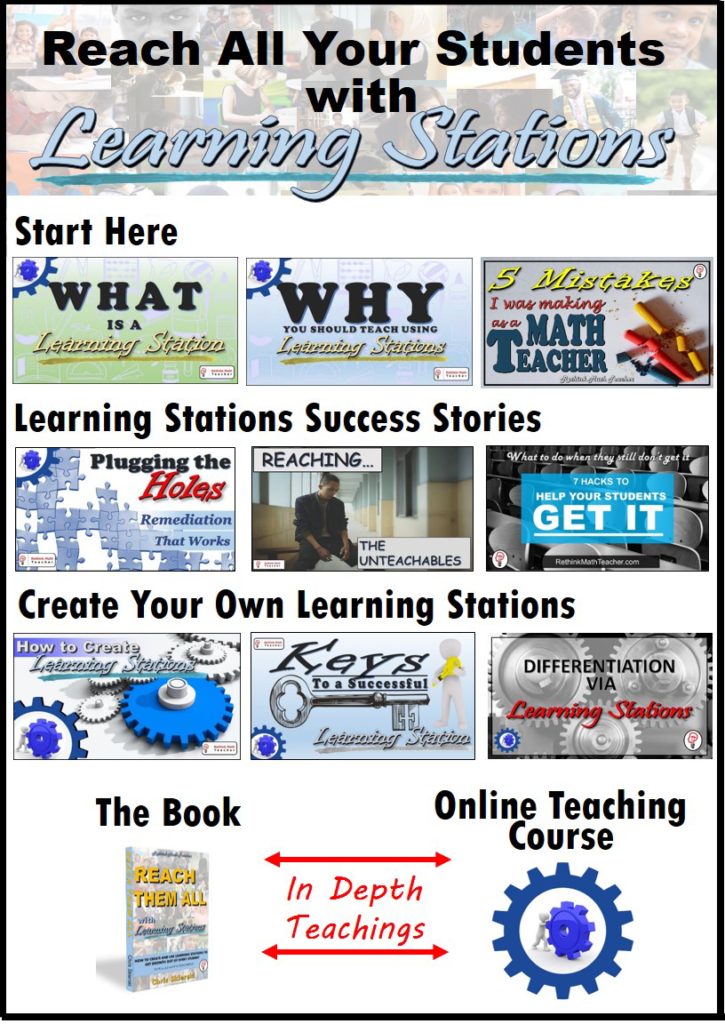
Don’t Forget to Celebrate Success
After your students have mastered a skill by completing the station, don’t forget to celebrate their success. I do this by putting their names under banners that I have placed around the room showing their proficiency at that skill. But you could send home certificates, make it a ceremony, or do something else to recognize the student’s academic success. The main thing is that you make a big deal of it so that they recognize their success and their progress. Doing so will help build their confidence and help motivation to continue in their success.
How to Start
I have three resources that can help you get started on learning stations.
The first is our page dedicated to learning stations. There you can see many of our articles on building learning stations to reach all your students, as well as download our free cheat sheet. You can even enroll in The Journey, if you haven’t done so already, which will walk you through a series of 10 articles designed to point you towards reaching every student and give you a free resource on each one.
The second resource is the book Reach Them All which outlines how Learning Stations can help you reach every student in your class, as we have been discussing in this article. The book will also walk you through a step by step process to help you build learning stations for your class, and give you several tools to help you be successful at it.

The final resource is our new online course “How to Build Learning Stations for Remediation, Acceleration, and Differentiation.”
This online, 3 part course will walk you through the process of creating learning stations in your class that are skills based. These stations will allow you to remediate students, based on their needs, and give them as much practice – with immediate feedback – as they need until they master the skill.
Click here to learn more about the online course
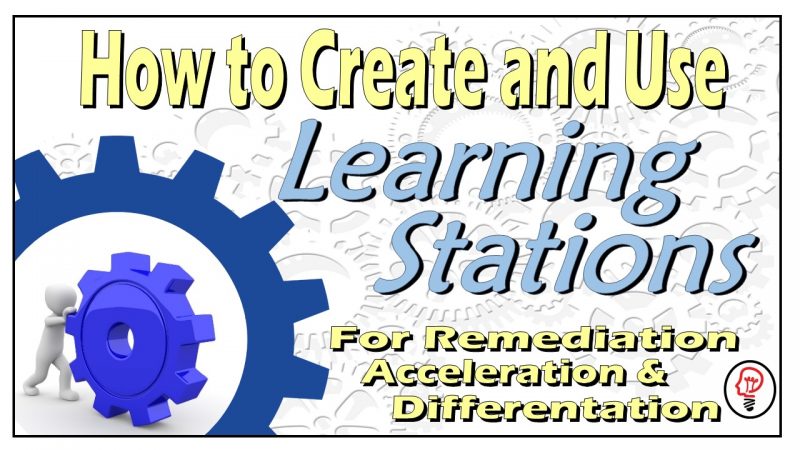
Bonus Resource
Each of the ten strategies in this series has come with a free resource to help you get started. This strategy’s bonus resource is a one page PDF download of all 10 resources.
Download for free in the TpT store. The PDF document contains hyperlinks to each strategy.

